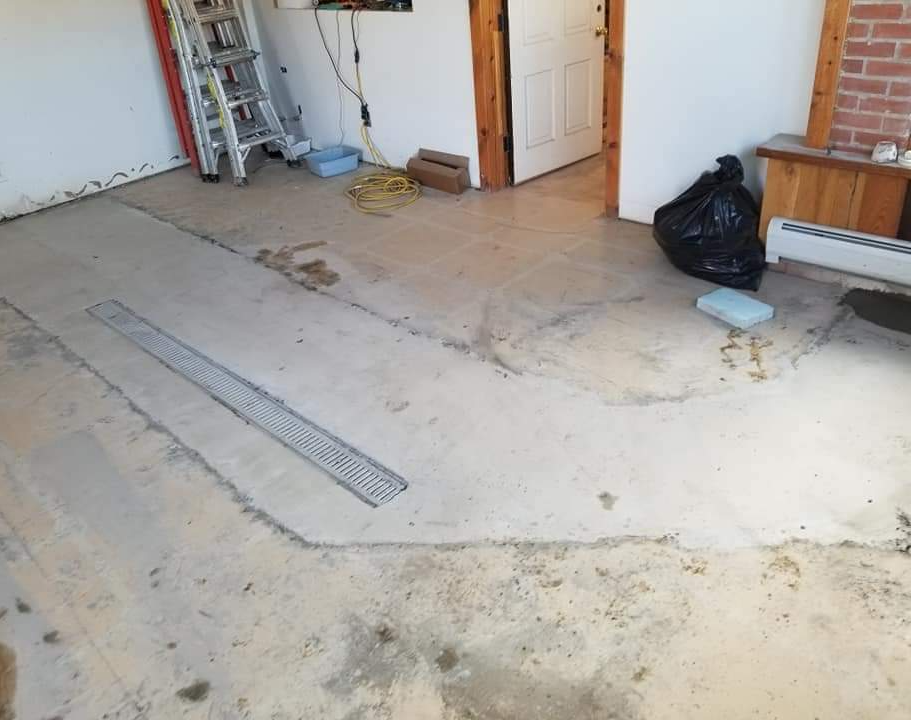We've been providing excellent service as
Septic Installation Contractors
...for over 20 years!
What is a Septic Tank?
Septic tanks are underground wastewater treatment systems that are used in rural and suburban areas which aren't connected to a municipal sewer system.
Septic tanks are used to treat and dispose of household waste water. Wastewater is the water that goes down the drains in your house. It includes water from the toilet, sink, shower, and dishwasher.
Septic tanks come in single and multi-family units, as well as commercial setups. A septic tank for a home usually holds between 1,000 and 2,000 gallons of wastewater. A large septic tank might hold up to 5,000 gallons or more!
A septic tank is designed to hold waste long enough for solids to settle at the bottom and oil and grease to float.
The wastewater then flows out of the tank into a drainfield or leach field. This is a
system of trenches or pipes that distribute the wastewater over an area of soil where it can soak in and be treated by bacteria.
D R Excavation Septic Installation
At D R Excavation, our septic installation services are marked by precision and expertise. We offer tailored solutions, from conventional tanks for homes without municipal sewer connections to specialized installations addressing challenges like high water tables or shallow bedrock. Our process involves efficient separation of solids and grease, ensuring effective wastewater treatment. In instances requiring underground excavation, our skilled team executes the process with environmental considerations in mind.
What sets us apart is our commitment to utilizing advanced techniques, such as perforated drain tiles with biofilm, for wastewater purification. This ensures a thorough and environmentally conscious approach, allowing us to deliver reliable and effective septic installations.
Choose D R Excavation for quality, precision, and customized septic solutions that prioritize functionality and environmental responsibility.
Types of Septic Tank Systems
Septic tank systems vary, including traditional, aerobic, gravity, mound, and chamber systems, each tailored for specific property and environmental needs.
Types of Materials
When considering septic tanks, the three predominant construction materials are concrete, plastic, and fiberglass, each with distinct advantages and considerations.
Septic System Excavation
As septic contractors, we offer diverse wastewater disposal systems. The common septic tank, for homes without municipal sewer connections, separates solids and grease. Effluent flows into a leach field, absorbed by the soil. In challenging areas with high water tables or shallow bedrock, an elevated sand mound replaces soil excavation.
Wastewater purification occurs through a biofilm in perforated drain tiles, slowing and purifying water before returning it to the water table. Our expertise ensures effective and environmentally conscious septic installations tailored to unique needs.
FAQ's About Septic Installation
Contact Us Today For A Free Quote
Our company has years of experience in excavating all sorts of land, from small residential properties to large commercial ones. We have the equipment and manpower to get the job done quickly and efficiently. Contact us today to get started on your project!


